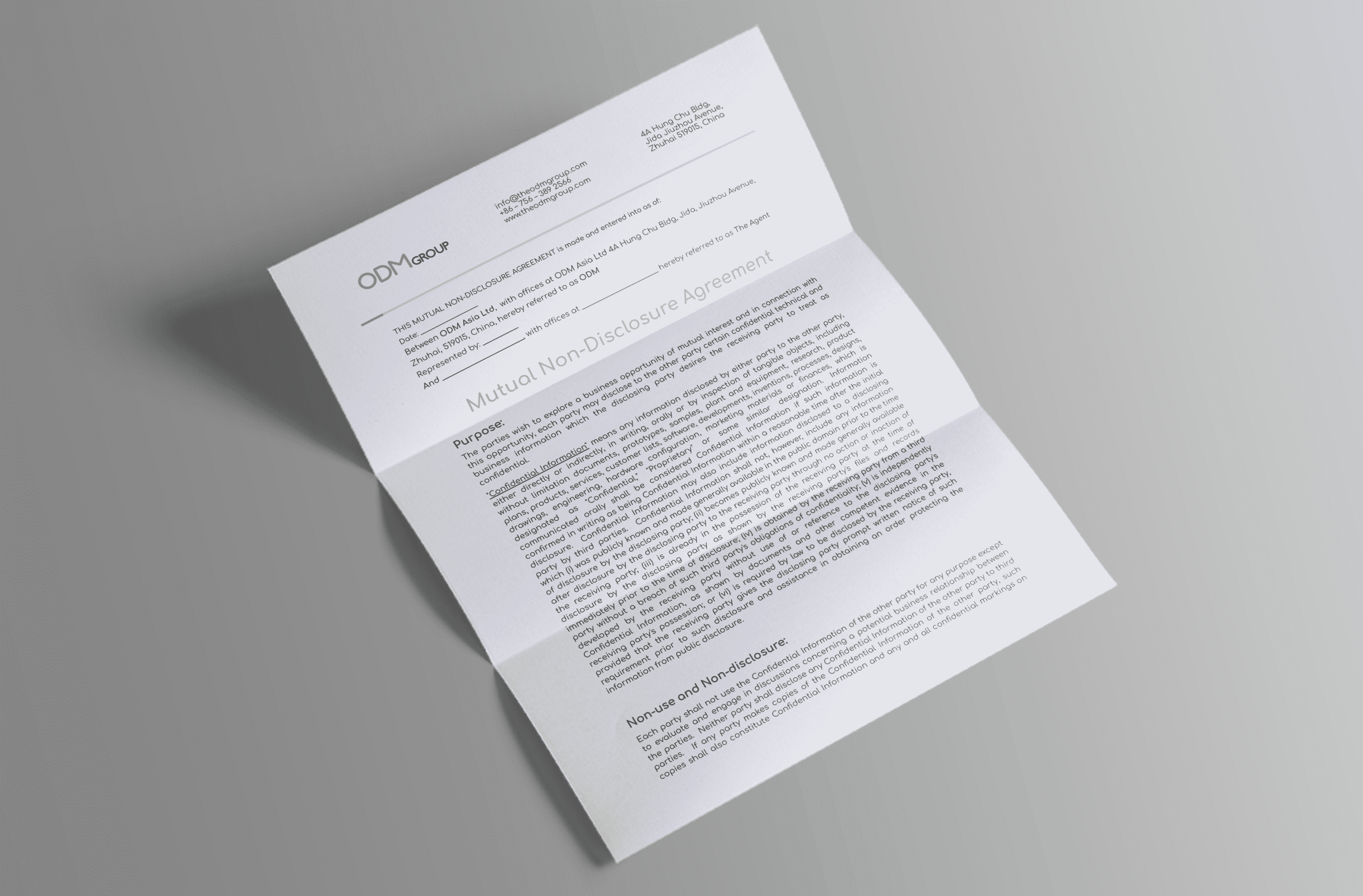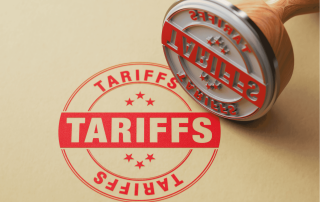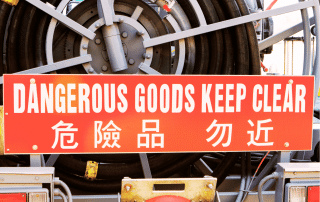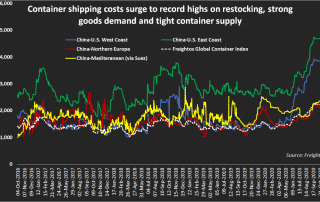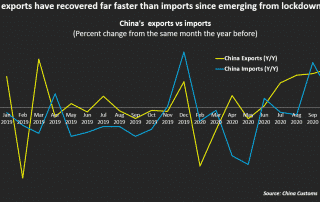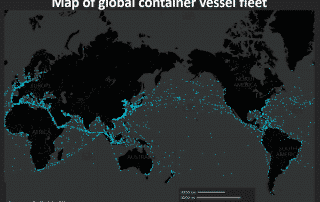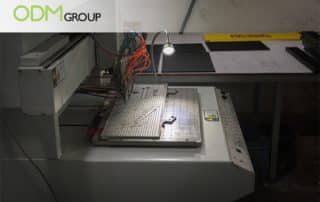Non-Disclosure Agreement for Product Development
A Non-Disclosure Agreement (NDA) for Product Development is a unilateral contract agreement between innovators and recipients. Also known as the confidentiality agreement, its objective is to keep information about a newly invented product or service confidential before patenting it.
Once signed, both parties agree to avoid nonproprietary inventions to prevent misappropriations and dishonesty.
What is New Product Development?
Product development is the complete delivery of a new product to the market or improving an existing one for target audiences. When a brand or a company provides excellent value through their products and services, this will amplify customers’ demands for innovation and new technologies that keep businesses growing.
Learn more about this process by reading through this blog.
Key Points in Writing a Product Development NDA:
1. The Innovator must supply the date that the agreement is being made along with the names of both parties.
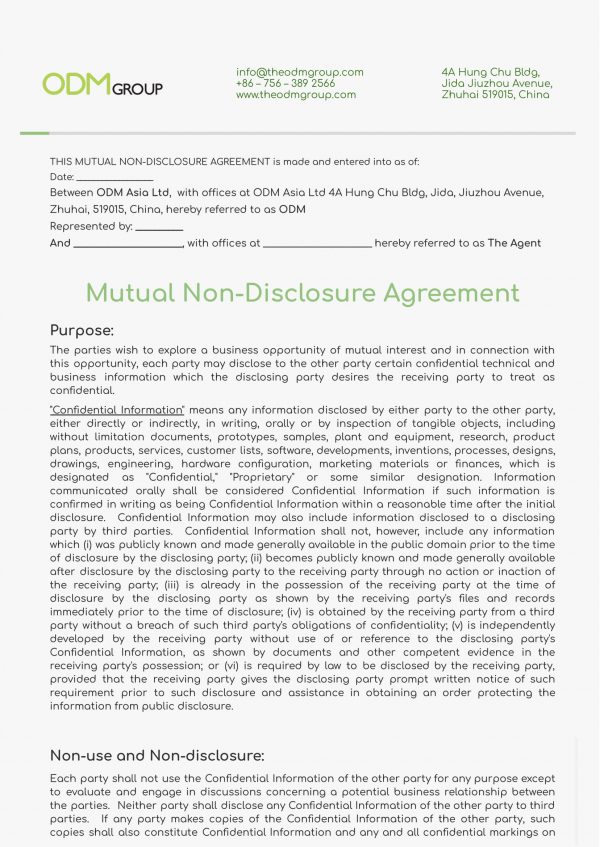
2. The contract must include the number of days (from the date of execution) that the Recipient must preserve the secrecy of the information.
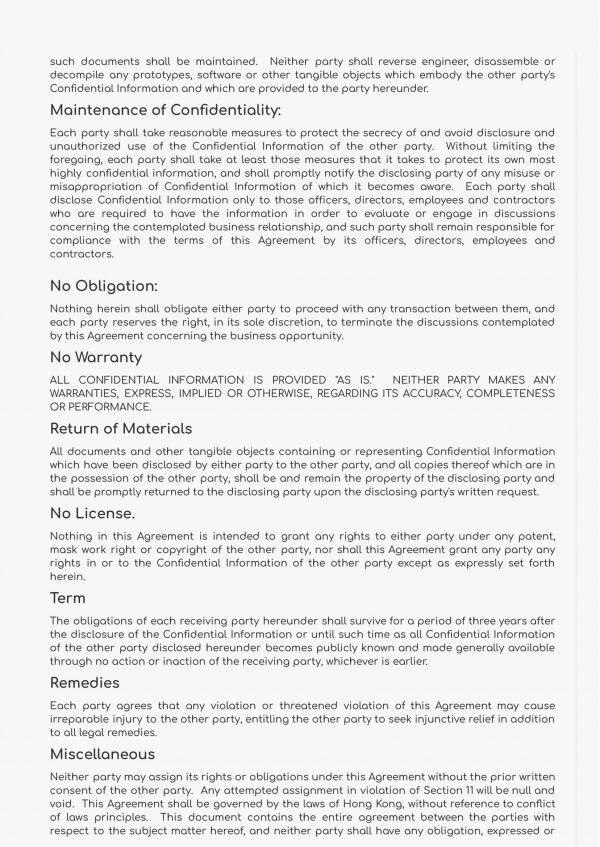
3. The Innovator and Recipient must sign the form to place it into effect.
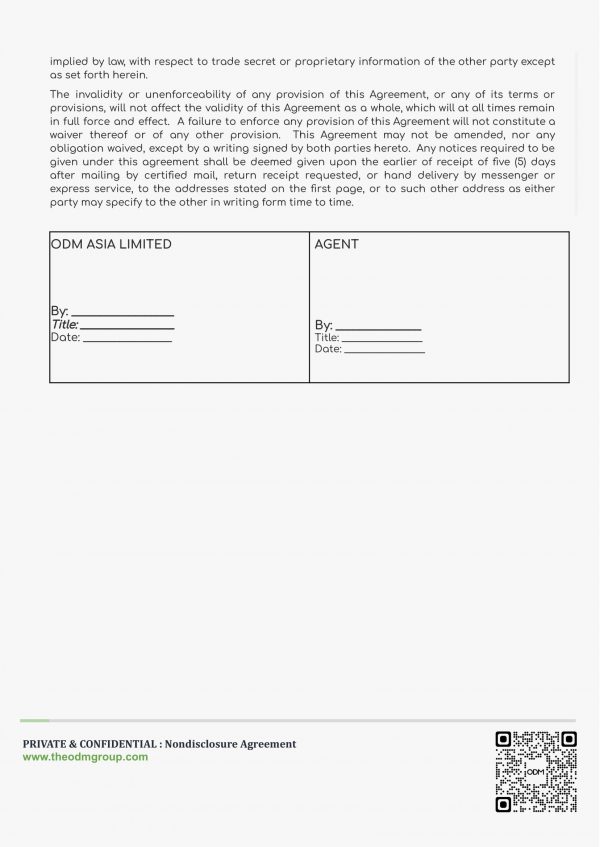
Here is the text of this non-disclosure agreement for your reference:
Mutual Non-Disclosure Agreement
THIS MUTUAL NON DISCLOSURE AGREEMENT is made and entered into as of:
DATE: __________________
between ODM Asia Ltd. with offices at ODM Asia Ltd 4A Hung Chu Bldg,Jida, Jiuzhou Avenue,Zhuhai, 519015, China and
Agent: _________________________________________________________________________
Purpose. The parties wish to explore a business opportunity of mutual interest and in connection with this opportunity, each party may disclose to the other party certain confidential technical and business information which the disclosing party desires the receiving party to treat as confidential.
“Confidential Information” means any information disclosed by either party to the other party, either directly or indirectly, in writing, orally or by inspection of tangible objects, including without limitation documents, prototypes, samples, plant and equipment, research, product plans, products, services, customer lists, software, developments, inventions, processes, designs, drawings, engineering, hardware configuration, marketing materials or finances, which is designated as “Confidential,” “Proprietary” or some similar designation. Information communicated orally shall be considered Confidential Information if such information is confirmed in writing as being Confidential Information within a reasonable time after the initial disclosure. Confidential Information may also include information disclosed to a disclosing party by third parties. Confidential Information shall not, however, include any information which (i) was publicly known and made generally available in the public domain prior to the time of disclosure by the disclosing party; (ii) becomes publicly known and made generally available after disclosure by the disclosing party to the receiving party through no action or inaction of the receiving party; (iii) is already in the possession of the receiving party at the time of disclosure by the disclosing party as shown by the receiving party’s files and records immediately prior to the time of disclosure; (iv) is obtained by the receiving party from a third party without a breach of such third party’s obligations of confidentiality; (v) is independently developed by the receiving party without use of or reference to the disclosing party’s Confidential Information, as shown by documents and other competent evidence in the receiving party’s possession; or (vi) is required by law to be disclosed by the receiving party, provided that the receiving party gives the disclosing party prompt written notice of such requirement prior to such disclosure and assistance in obtaining an order protecting the information from public disclosure.
Non-use and Non-disclosure. Each party shall not use the Confidential Information of the other party for any purpose except to evaluate and engage in discussions concerning a potential business relationship between the parties. Neither party shall disclose any Confidential Information of the other party to third parties. If any party makes copies of the Confidential Information of the other party, such copies shall also constitute Confidential Information and any and all confidential markings on such documents shall be maintained. Neither party shall reverse engineer, disassemble or decompile any prototypes, software or other tangible objects which embody the other party’s Confidential Information and which are provided to the party hereunder.
Maintenance of Confidentiality. Each party shall take reasonable measures to protect the secrecy of and avoid disclosure and unauthorized use of the Confidential Information of the other party. Without limiting the foregoing, each party shall take at least those measures that it takes to protect its own most highly confidential information, and shall promptly notify the disclosing party of any misuse or misappropriation of Confidential Information of which it becomes aware. Each party shall disclose Confidential Information only to those officers, directors, employees and contractors who are required to have the information in order to evaluate or engage in discussions concerning the contemplated business relationship, and such party shall remain responsible for compliance with the terms of this Agreement by its officers, directors, employees and contractors.
No Obligation. Nothing herein shall obligate either party to proceed with any transaction between them, and each party reserves the right, in its sole discretion, to terminate the discussions contemplated by this Agreement concerning the business opportunity.
No Warranty. ALL CONFIDENTIAL INFORMATION IS PROVIDED “AS IS.” NEITHER PARTY MAKES ANY WARRANTIES, EXPRESS, IMPLIED OR OTHERWISE, REGARDING ITS ACCURACY, COMPLETENESS OR PERFORMANCE.
Return of Materials. All documents and other tangible objects containing or representing Confidential Information which have been disclosed by either party to the other party, and all copies thereof which are in the possession of the other party, shall be and remain the property of the disclosing party and shall be promptly returned to the disclosing party upon the disclosing party’s written request.
No License. Nothing in this Agreement is intended to grant any rights to either party under any patent, mask work right or copyright of the other party, nor shall this Agreement grant any party any rights in or to the Confidential Information of the other party except as expressly set forth herein.
Term. The obligations of each receiving party hereunder shall survive for a period of three years after the disclosure of the Confidential Information or until such time as all Confidential Information of the other party disclosed hereunder becomes publicly known and made generally available through no action or inaction of the receiving party, whichever is earlier.
Remedies. Each party agrees that any violation or threatened violation of this Agreement may cause irreparable injury to the other party, entitling the other party to seek injunctive relief in addition to all legal remedies.
Miscellaneous. Neither party may assign its rights or obligations under this Agreement without the prior written consent of the other party. Any attempted assignment in violation of Section 11 will be null and void. This Agreement shall be governed by the laws of Hong Kong, without reference to conflict of laws principles. This document contains the entire agreement between the parties with respect to the subject matter hereof, and neither party shall have any obligation, expressed or implied by law, with respect to trade secret or proprietary information of the other party except as set forth herein.
The invalidity or unenforceability of any provision of this Agreement, or any of its terms or provisions, will not affect the validity of this Agreement as a whole, which will at all times remain in full force and effect. A failure to enforce any provision of this Agreement will not constitute a waiver thereof or of any other provision. This Agreement may not be amended, nor any obligation waived, except by a writing signed by both parties hereto. Any notices required to be given under this agreement shall be deemed given upon the earlier of receipt of five (5) days after mailing by certified mail, return receipt requested, or hand delivery by messenger or express service, to the addresses stated on the first page, or to such other address as either party may specify to the other in writing form time to time.
ODM Asia Ltd.
By:
Name:
Title:
Date:
Agent
By:
Name:
Title:
Date:
If you like to download the document, tap the button below:
Why is NDA Required for Product Development?
Product Development entails bringing new products as well as improving existing ones in the marketplace. The process includes confidential information such as the materials related to the product that has or could have commercial value or other utility in the business in which the Product Developer is engaged and which is not known by competitors.
Non-disclosure agreements help Product Developers or Innovators maintain their right to the information or data relating to the innovations they have developed or owned. This also decreases their vulnerability to copycats and imitators, protecting their intellectual property and confidentiality.
How Long Does an NDA Last For?
The term of the NDA indicates how long the NDA is to be active. Usually, the common use for NDAs ranges from 1 to 5 years. But this all depends on the nature of the agreement and market conditions.
Note: An NDA should generally have an expiration date. The commitment to confidentiality should not last longer than the expected period for which confidentiality is really needed.
How Can ODM Help?
Please feel free to contact us if you have any queries, and we will be glad to assist you.
The ODM team can also help create custom promotional merchandise, marketing gifts as well as high-quality POS display units for your company. Our talented team of in-house product designers, Mindsparkz, can design the perfect branding tool for you.
With years of experience in the promotional and marketing industry, we can provide you with top-notch product sourcing, designing, and manufacturing services. We would love to hear from you!
More Helpful Blogs:
A brand authorization letter is an indispensable document for established brands to export products from China and import them into the market. Learn how to make a letter of authorization through this blog we prepared for you!
When shipping promotional products, a Certificate of Origin (CO) is an important international trade document that certifies that goods in a particular export shipment are entirely produced, manufactured, obtained or processed in a specific country.
Instead of companies shipping products from China to their home market and then dispatching them worldwide, the ODM team does it directly. Check out this quick guide to product storage and consolidation in China.
If you’re interested in the process of shipping promotional products from China, this blog will walk you through the procedure of putting together a promotional mail. Find out more here:
Foreign exporters and importers use air cargo to transport goods. It is crucial to know how air freight costs are calculated, and what factors affect the costs. This blog will give you an idea of how to calculate Air Freight cost:
Frequently Asked Questions (FAQs)
What is an NDA for Product Development?
A Non-Disclosure Agreement help Product Developers or Innovators maintain their right to the information or data relating to the innovations they have developed or owned. This also decreases their vulnerability to imitators, protecting their intellectual property and confidentiality from competitors.
What are the important parts of NDA?
1. The date that the agreement is being made along with the names of both parties. 2. The number of days (from the date of execution) that the Recipient must preserve the secrecy of the information. 3. All the crucial information regarding the product. 4. The Innovator and Recipient must sign the form to place it into effect.
What is the timeframe for an NDA?
The timeframe of an NDA will be effective as outlined in the agreement, which is commonly the date it is signed. There are different options regarding how long an NDA will remain in effect. The agreement may specify a length of time, such as six years from the effective date.
